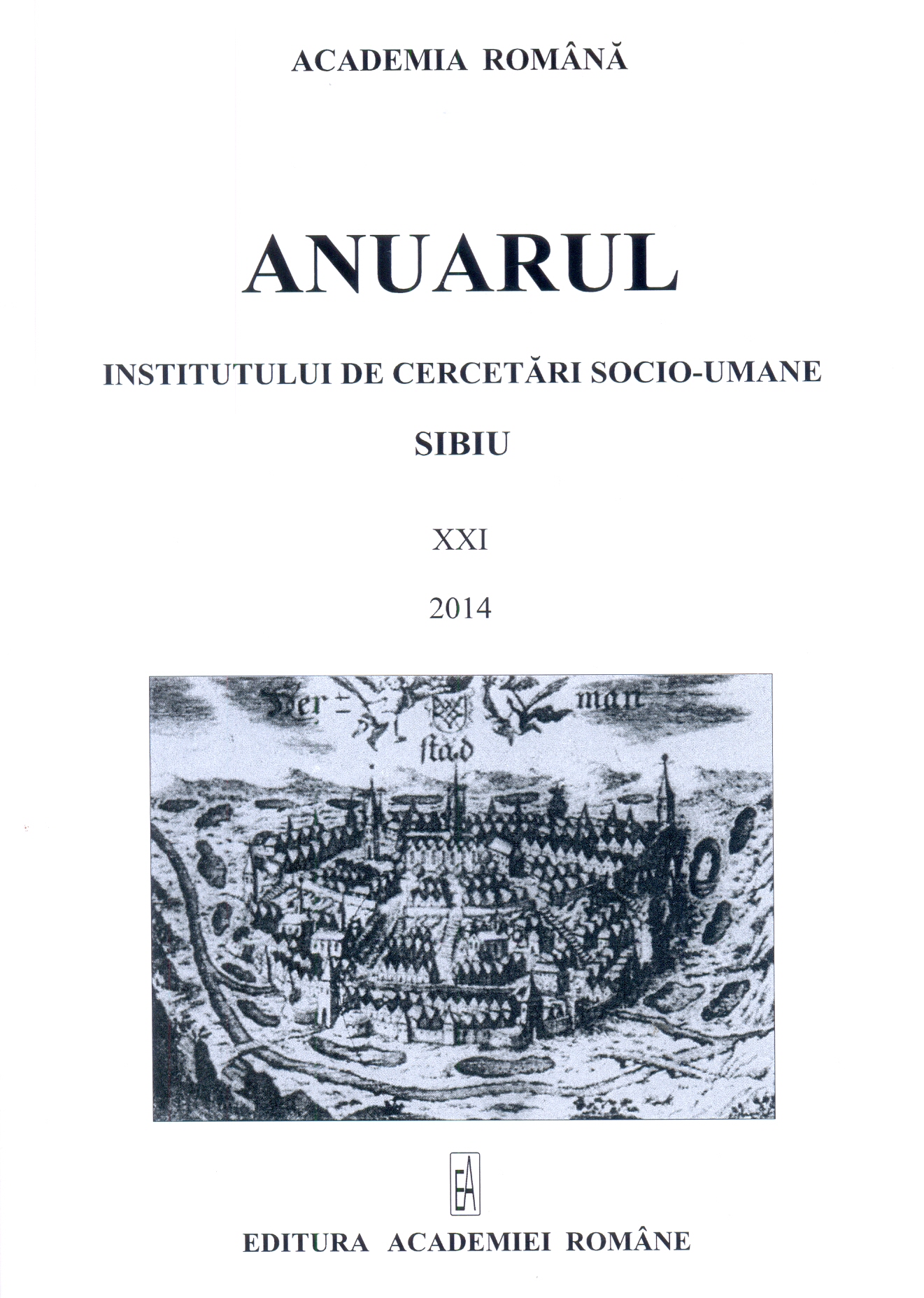Pe sub teii de pe Strada Domnească
Under the Linden Trees on the Princely Street
Author(s): Marius MitrofSubject(s): Local History / Microhistory
Published by: Editura Academiei Române
Keywords: The Linden Street; Princely street; Royal Square; Architecture; Corso; Consulate; Historic monument;
Summary/Abstract: Known as the second longest European linden street, after Berlin’s „Unter der Linden”, [Domnească] Princely Street from Galați traverses the city from the Danube Cliff to Carol Park. It is one of the city traffic and, therefore, one of the most important of Galați, a street filled with history, belonging to the old part of town. Situated on the hillside of the city, Princely Street appeared with the free port status, granted for the city by Prince Mihail Sturdza in 1836, was named in honour of the ruler and was finalised by 1857.Until 1953, Princely Street started from Royal Square (today’s intersection of the Brăilei street with Princely Street) and complete the Public Garden, in Ștefan cel Mare Square, is continuing to the north, Carol King Boulevard. Buildings housing owners of different nationalities and occupations, buildings that housed the headquarters manage institutions, Consulates, constructed with a specific architecture according to age can be admired today.New buildings, represented by blocks of flats with their own postwar architecture according to Eastern Europe are the result of systematization started in 1953, following the mining and the destruction of the city center by the German army. Princely Street became Republic Avenue, extending toward the Danube river, over the former streets, and to the north, beyond the Public Garden. After 1990 Republic Avenue returned to the initial name, Princely Street.Above all, Linden trees still dominate all length of about four km from Princely Street, covering the street with linden flowers fragrance in lime yellow jacket. Part of Princely Street, between „Mihai Eminescu” City Park and The Public Garden was ranked historical monument, „Domnească Street” Urban Ansembly.
Journal: Anuarul Institutului de Cercetări Socio-Umane Sibiu
- Issue Year: XXI/2014
- Issue No: 21
- Page Range: 194-210
- Page Count: 17
- Language: Romanian
- Content File-PDF

